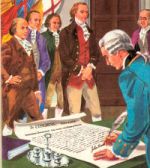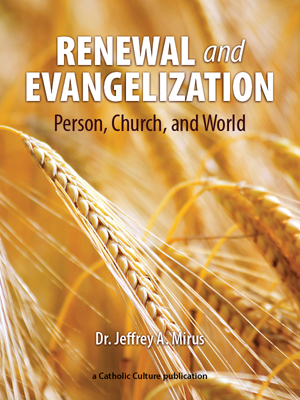Catholic Dictionary
Find accurate definitions of over 5,000 Catholic terms and phrases (including abbreviations). Based on Fr. John Hardon's Modern Catholic Dictionary, © Eternal Life. Used with permission.
Random Term from the Dictionary:
SALUS POPULI ROMANI
Shrine of Our Lady Protectress of Rome, also called Santa Maria Maggiore. The original basilica of the Blessed Virgin was built about A.D. 350 and was called Santa Maria ad Nives because of the legend that the location of the church was determined by the appearance of snow on the Esquiline Hill on a summer day. The first treasure of the present church is a miraculous image of the Madona with the Infant Jesus attributed to St. Luke and said to have been brought by St. Helena from the Holy Land. Historians rate the painting as being at least 1500 years old. The citizens of Rome flock to the basilica whenever their city is in danger. In 597, Pope Gregory I carried the painting in solemn procession to St. Peter's when Rome was being decimated by the Black Plague; and when Anzio, only twenty miles away, was being bombed in World War II, the shrine thronged day and night by the Roman faithful. The original church was built in the fourth century. When Pope Sixtus III rebuilt it in the fifth century, he gave it the further title of Santa Maria ad Praesepe (St. Mary of the Crib) because part of the original manger from Bethlehem was in the basilica's crypt. Pope Pius XII said his first Mass before Mary's altar in this cathedral, and in 1939 he pontificated at a Mass of thanksgiving at the same altar.






